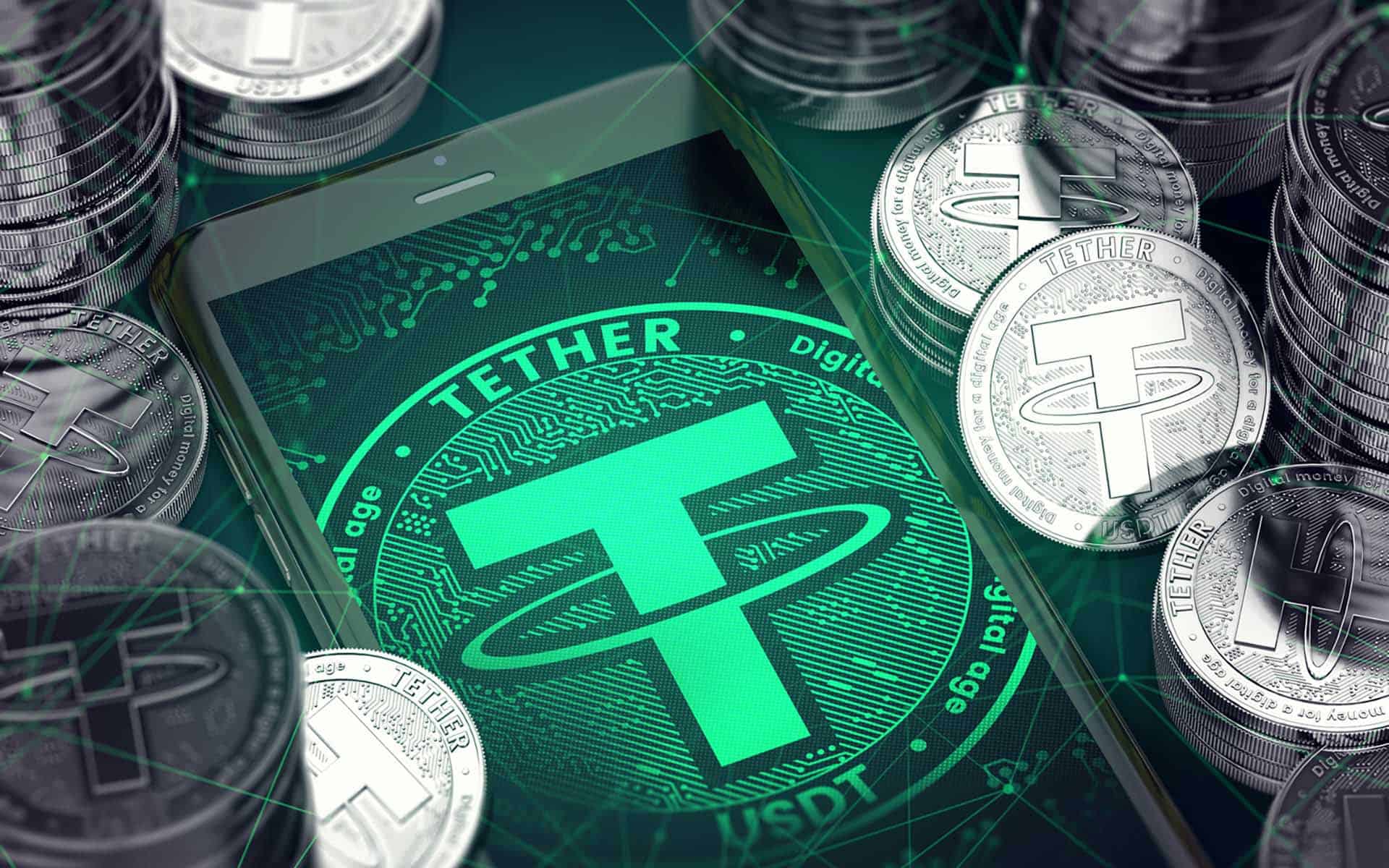Join Our Telegram channel to stay up to date on breaking news coverage
The Chief Technology Officer at Tether and Bitfinex, Paulo Ardoino, has said that the Terra project is “poorly designed.” Ardoino also reiterated that the Terra network was not intended to be a rug pull, as some crypto community members have claimed.
Tether CTO says Terra was not a rug pull
Ardoino said that TerraUSD (UST) was like a “castle of cards” poised to fall eventually. The crypto community has pointed to past comments and actions by the co-founder of Terra, Do Kwon, raising questions about how he managed the Terra ecosystem.
Some reports have affiliated Do Kwon with past projects that have failed. Kwon was among the people involved in creating Basis Cash, an algorithmic stablecoin that has since failed.
Your capital is at risk.
Speaking at the Reimagine Unplugged podcast, Ardoino said that Do Kwon’s personality was to blame for the collapse of UST. However, despite his shortcomings as a person, he did not rug pull on his investors.
“I don’t know Do Kwon. But let’s give him the benefit of the doubt. He created this project with arrogance and with thinking that he was right and many were supporting him, of course, probably for economic reasons, but was not per se, a rug pull, it was a project that was poorly designed as many projects are poorly designed,” Ardoino said.
However, the Tether CTO noted that Do Kwon was aware there was a chance that the project would collapse. However, he failed to inform others about this because the project could have collapsed much earlier than it did.
UST was too big to collateralize
Ardoino also said that the value of the UST stablecoin had become too big to sustain the peg because more collateral was needed. The action by the Luna Foundation Guard to buy Bitcoin reserves and maintain the peg was not enough to support the token, which only triggered a dip in the entire market.
“They were basically in a cascade situation where they had to defend the peg so they have to sell the collateral and selling the collateral was causing additional crashes and these additional crashes were pushing them to sell more of collateral and so on and so forth,” Ardoino added.
Ardoino also said that if stablecoins were to be regulated, regulators needed to differentiate between algorithmic ones and those fully backed by assets. Tether claims to be fully backed by an $82 billion reserve that includes commercial paper holdings.
Read more:
Join Our Telegram channel to stay up to date on breaking news coverage


